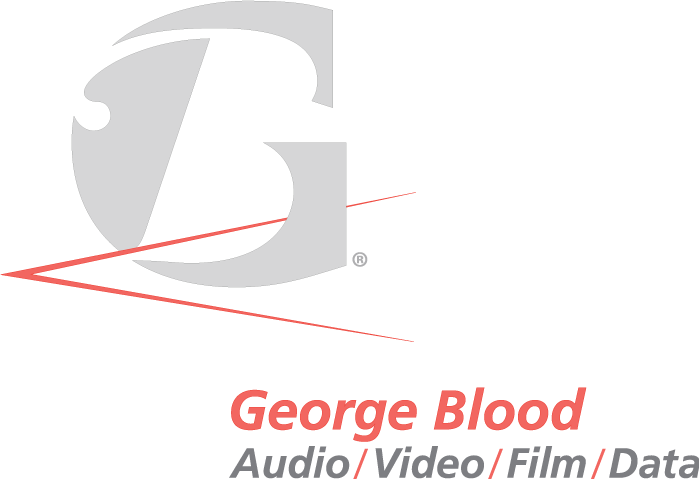Like most people, like most companies, the work we do has changed over the years. When we started preserving audio collections in 1990, copying to ¼” analog tape was the standard. Digital was still a new, uncertain thing. Audiovisual and data preservation is now the bulk of what we do. Prior to 1990 most of our work was in recording classical music on location – live concerts and CDs. I worked with The Philadelphia Orchestra for 21 year and have recorded over 4,000 live concerts, half with The Fabulous Philadelphians. Though our preservation business has grown more quickly, we still record a lot of classical music.
Figure 1 Temple Percussion Ensemble recording session. Director Philip O'Banion, far right
In the last few months I’ve been out for two recording sessions. For the Temple University Percussions Ensemble we recorded George Antheil’s Ballet Mecanique. The work was originally intended to be performed live as the sound track for a silent film by Fernand Léger (in collaboration with the filmmaker Dudley Murphy with cinematographic input from Man Ray. Some of Antheil’s ideas were too advanced for the time (1924), such as trying to synchronize 4 early player pianos.
Antheil revised the work as a concert piece in 1953. This version for four pianos, two xylophones, glockenspiel, marimba, two electric bells, two propellers, timpani, and other percussion is the version we recorded.
Figure 2 Setting up for a performance of the Antheil the evening before the recording session.
Ensemble director Philip O’Banion is an extremely gifted musician and teacher.A few years ago Phil was one of 6 concerto soloists for a project with the Temple Wind Symphony. Most of the soloists were both faculty members (such as Phil), and members of The Philadelphia Orchestra (where Phil is regular extra).
I’m now editing Antheil’s highly unusual work. Watch for news of its release in the coming months.
My second longest serving employee is Tadashi Matsuura. To call him my assistant during recording sessions is to understate all I rely on him for – he packs the equipment, checking that it’s all working, does most of the set up, rolls “tape” (really hard drives these days), and keeps track of all the bits and pieces during the session. After the sessions he uploads the takes to the network and prepares all the bits and piece for me to edit into whole cloth.
Tad was, as usual, with me when we recorded the Antheil, and this past week, Gerald Levinson’s Ringing Changes. This work for 2 pianos featured Marcantonio Barone and Charles Abramovic. Charlie was one of the four pianists for the Antheil. Tony and Charlie are highly regarded teachers (truth be told I’ve had many lessons with Tony!). Both are graduates of The Curtis Institute of Music.
Figure 3 At Rock Hall, Temple University. From left to right, Mingjun Qi, student of Charlie's as page turner, Charles Abramovic, Marcantonio Barone, and the composer, Gerald Levinson preserving a visual of the session.
When we were planning for the session I told Tad, “one thing we can be certain of is that Tony and Charlie will be well prepared”. Indeed they were. Jerry’s work is extremely difficult, and the pianists knew their parts!
Over many years I’ve made many recordings of Jerry’s works. The thematic material of this work appears in two other compositions, one for chamber orchestra and another for solo piano (that Tony recorded a few years ago). The recording is destine for a 2-CD release, all of Jerry’s music.
Recording CDs is at the absolute opposite end of our preservation work. Here we are part of the birth of new recordings, working with ‘new music’, and combing the creative forces of living musicians. “All music was once new”. May it all receive the care to last indefinitely into the future.




